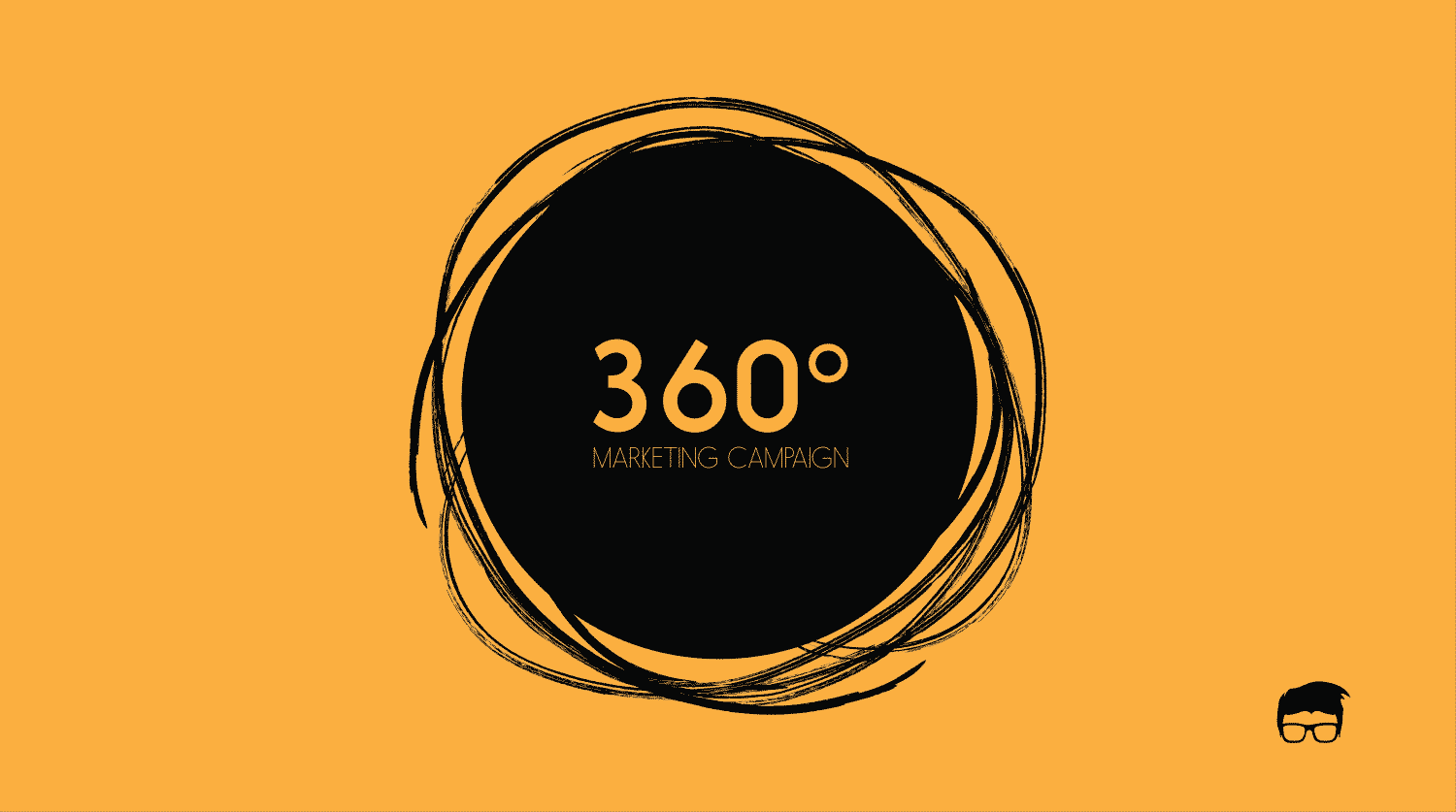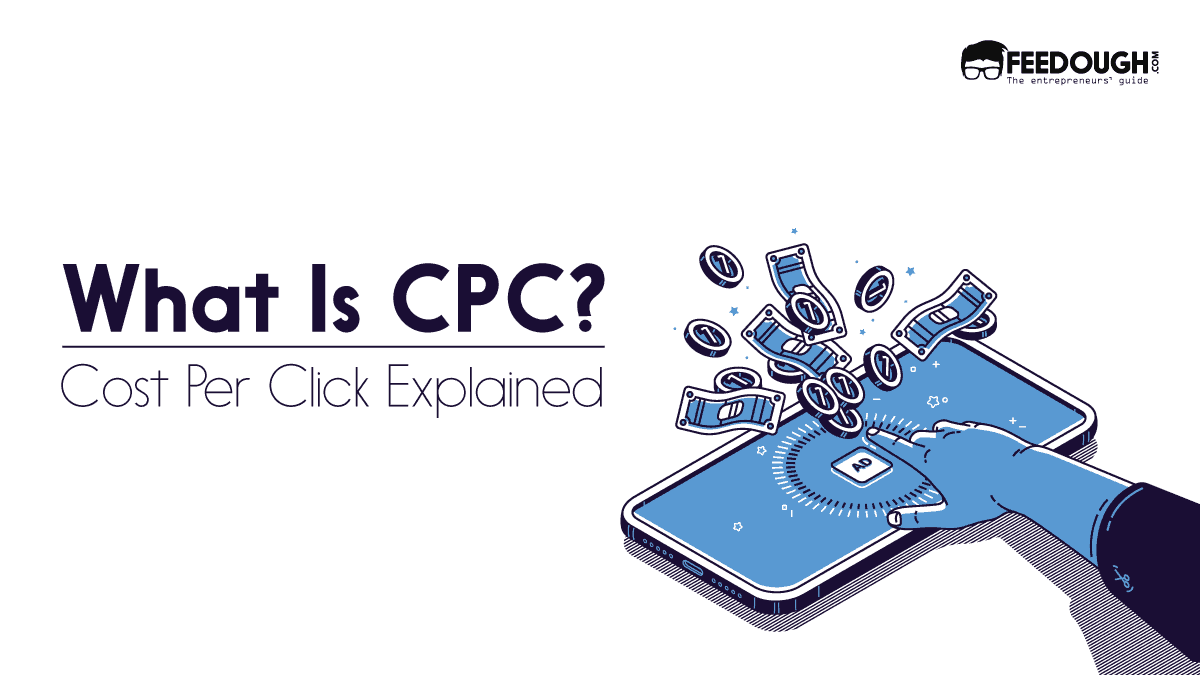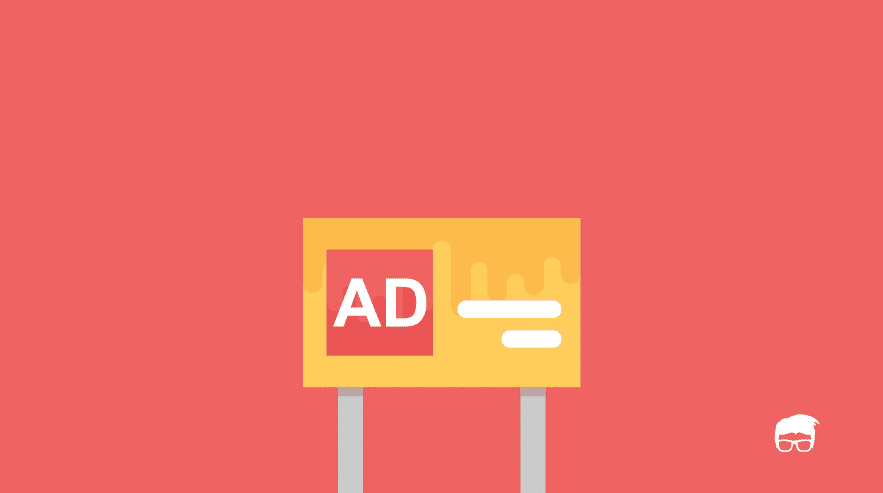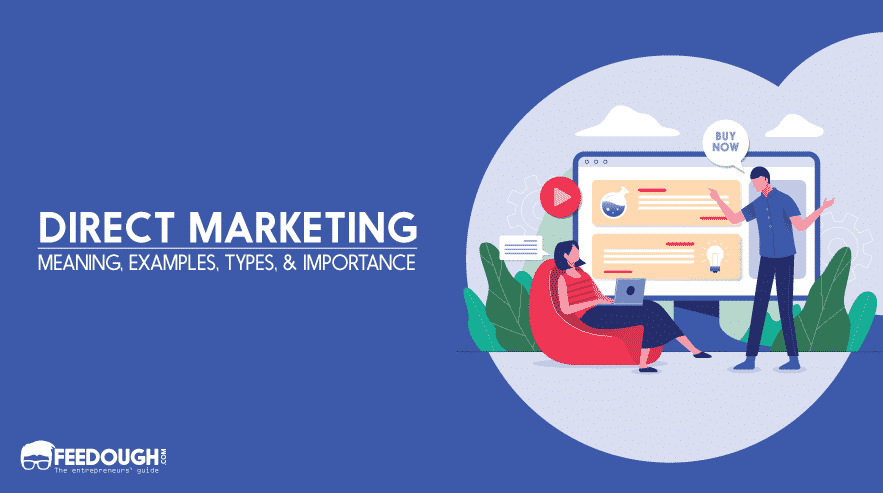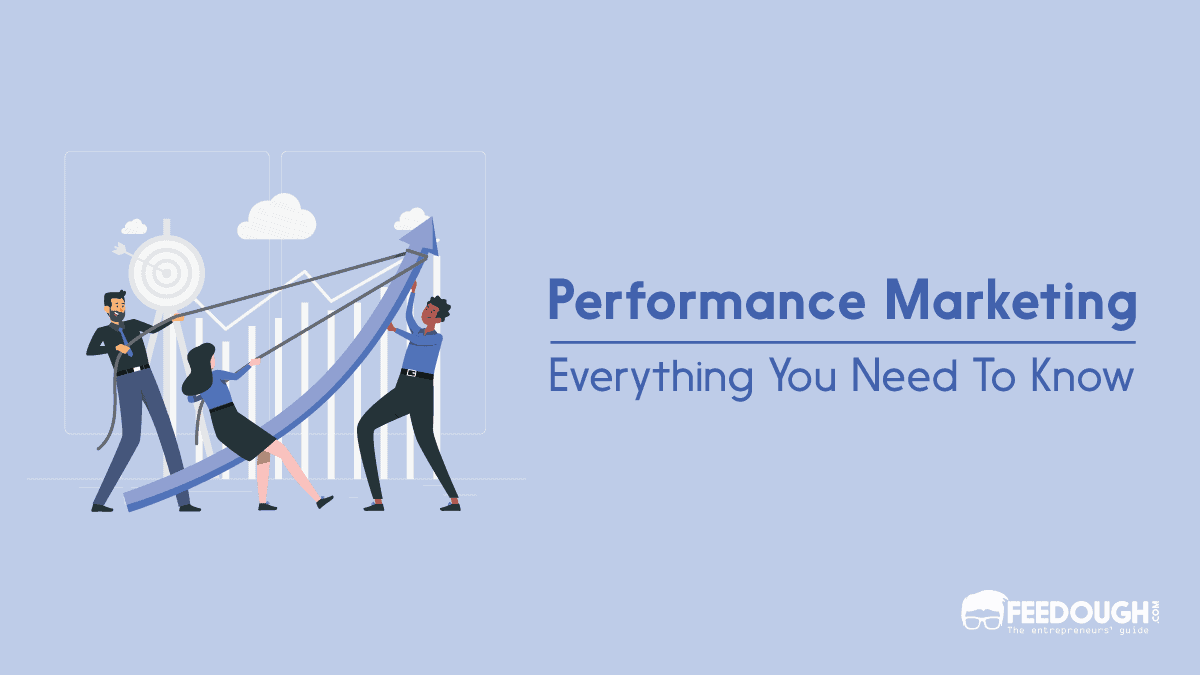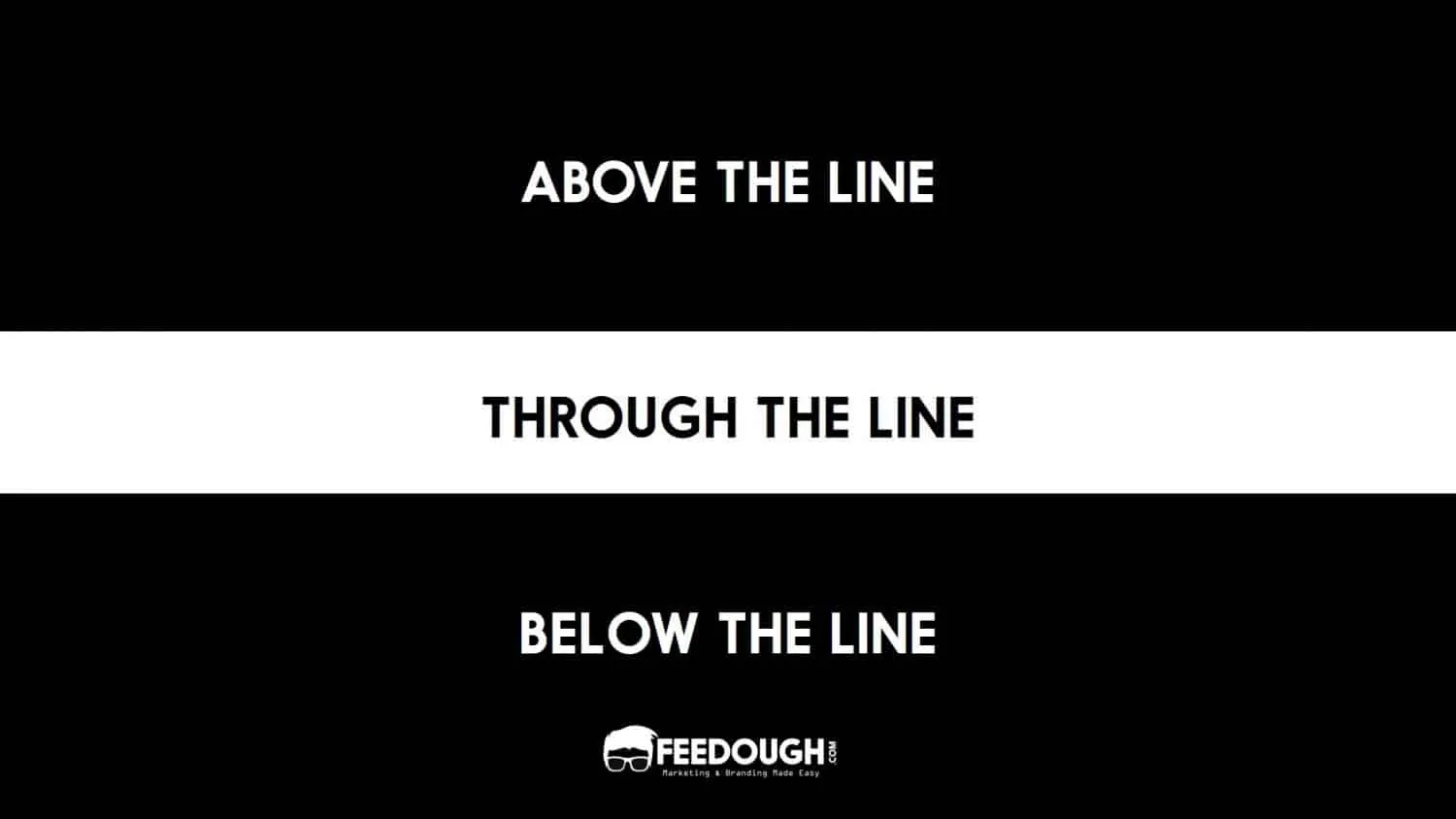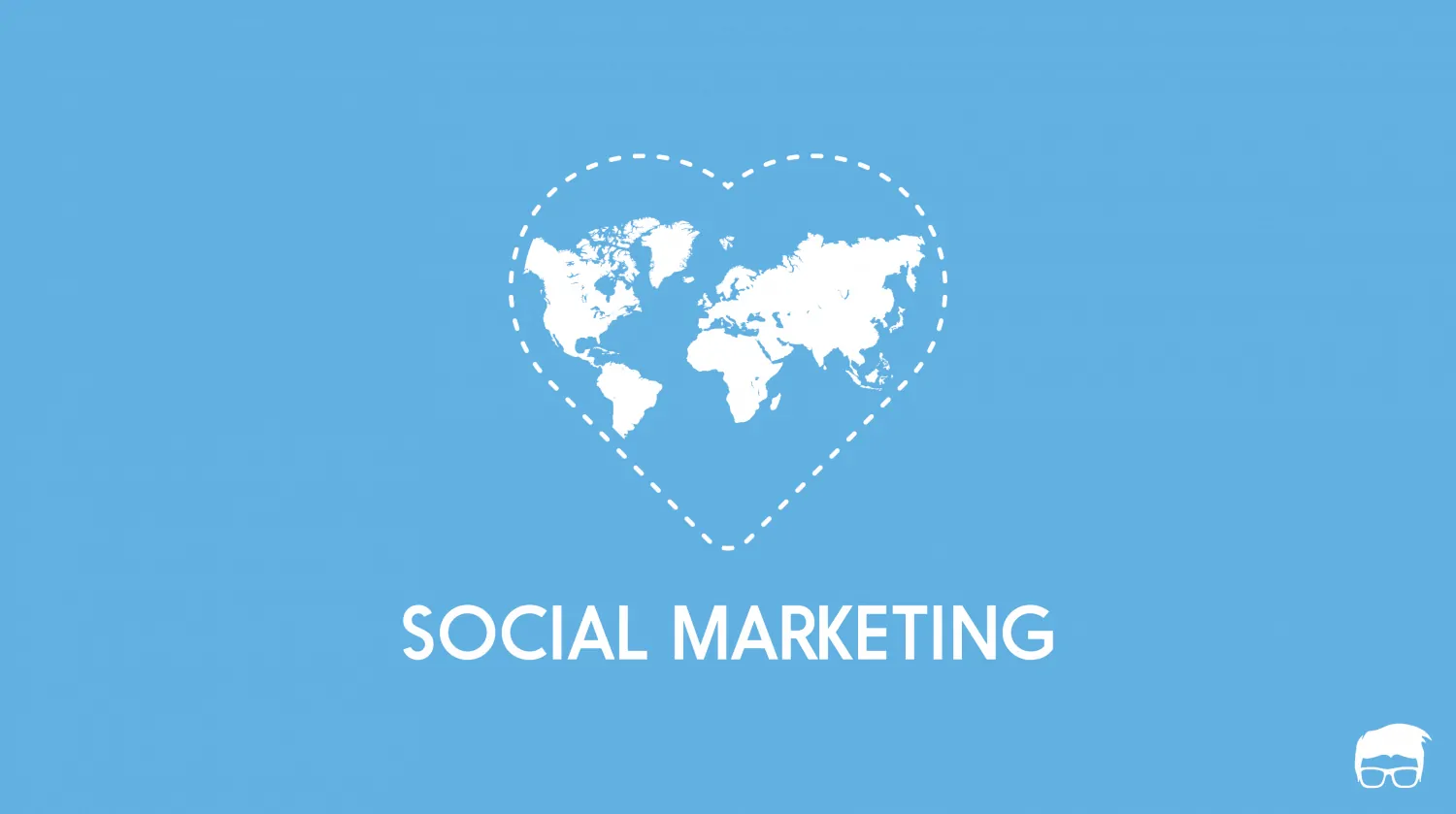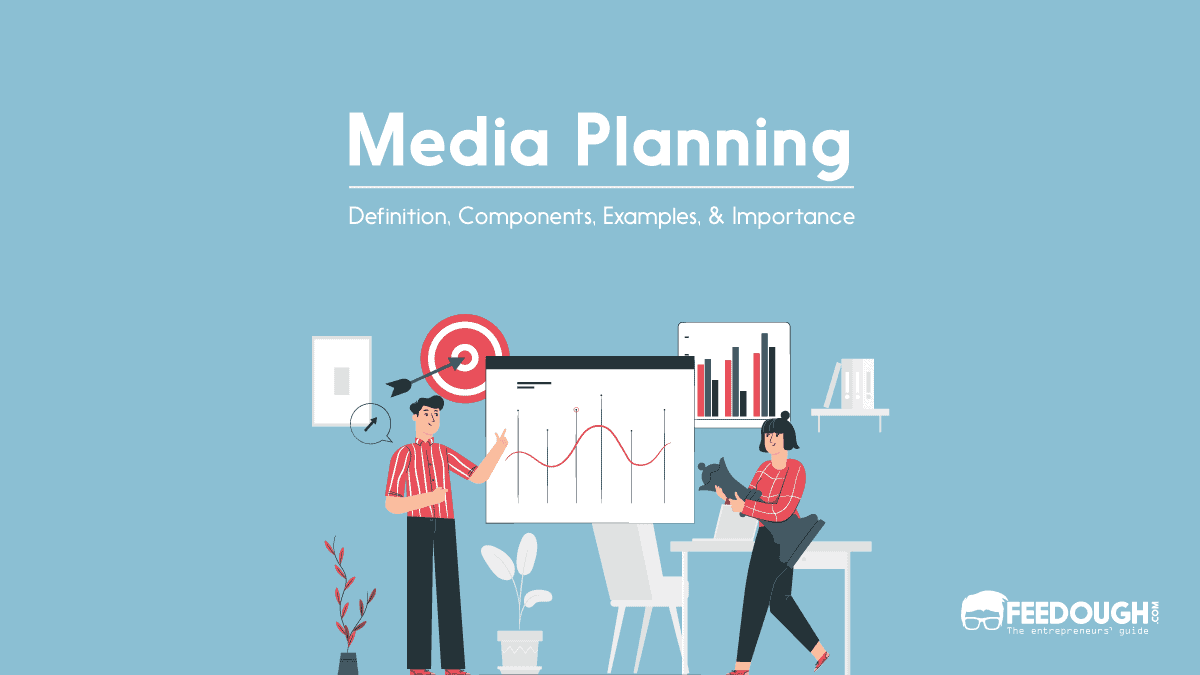Marketers use this term with such a frequency that their autocorrect adds the term campaign whenever they type marketing in a text. But what exactly does a marketing campaign mean? Is it the same as an advertising campaign? What are the components and types of marketing campaigns?
Here’s the ultimate guide to answer all your questions related to this topic
What Is A Marketing Campaign?
A marketing campaign is an organised and well-planned course of action crafted to achieve a marketing goal of the business.
This marketing goal could be to communicate the new or existing product to the target audience, reinforce the brand promise and brand positioning, and/or acquire more customers to bring in more revenue to the organisation.
The marketing campaign is not necessarily engineered by the in-house marketing team, it can be crafted by a third party (marketing consultants) as well. It includes smart use of the communication channels to communicate the marketing message and an offering to back it up.
A perfect example of a marketing campaign is the ‘Share A Coke’ campaign by Coca-Cola where the company launched the product with 250 of the country’s most popular names and came under the spotlight when the people of the country went out to find a bottle with their name on it.
Marketing Campaign Examples
A marketing campaign is crafted with a motive in mind. The motive could range from anything like increasing brand exposure, increasing the sales of the offering, enforcing the positioning or repositioning strategy, etc. Here are some examples of a marketing campaign to help you understand the topic better.
ALS Association – Ice Bucket Challenge
The ALS Ice Bucket Challenge used the power of viral marketing over social media to spread awareness of the neurodegenerative disease. According to Facebook, more than 440 million people from all over the world joined the conversation and shared over 17 million videos related to the ice bucket challenge between June 1 and September 1, 2014.
The campaign was set right from the start. They used the perfect timing (June – August) to launch the campaign which is the time of the vacations. The challenge was made personal where people nominated their friends and family members for the same and the campaign also got the support of many celebrities and influencers which boosted its reach.
ALS Ice Bucket Challenge was kept as simple as getting drenched in ice-cold water and posting the video on social media platforms with the hashtag #IceBucketChallenge #ALSIceBucketChallenge to spread the awareness.
It capitalised on the FOMO among millennials.
200 Bostonians do the #IceBucketChallenge and challenge NYC, Chicago, and LA!! https://t.co/m4agtxteHZ
— BostonTweet (@BostonTweet) August 7, 2014
The ice bucket challenge had only one goal – get donations by spreading awareness. The campaign resulted in a 1990% increase in the amount of donations to the ALS Association.
Nike – Just Do It
Just do it is the longest-running marketing campaign of Nike. Celebrating its 30th anniversary in 2018, the Just do it campaign has proved to be a game-changer for Nike. The campaign was successful in making Nike products appeal to the target audience as a fashion statement and not just as fitness gear.
The campaign used a 360° marketing strategy and used motivational messages and slogans to emphasise sportsmanship and health to the target audience which eventually led to an increase in the company’s products sales.
Marketing Campaign vs. Advertising Campaign
An advertising campaign isn’t necessarily a marketing campaign and vice versa. One of the biggest factors which differentiate a marketing campaign from an advertising campaign is that an advertisement campaign relies totally on the communication channels like TV, radio, newspaper, etc. while a marketing campaign uses everything related to the product to communicate the message. This includes the production, packaging, distribution, communication channels, digital marketing channels, etc.
Marketing Campaign Types
While there can be innumerable additions to the types of marketing campaigns, here are the 8 most common types.
- Product Launch – The launch of a new product involves a campaign which uses communication channels, distribution channels, offers, discounts, and other promotional strategies in synergy.
- Brand Launch – A brand launch is different from a product launch. It may include multiple products and services and may require a communication, relationship and promotional strategy which revolves around the brand identity and brand promise.
- Rebranding – There might be numerous reasons for a company to rebrand itself or its offerings. A rebranding campaign is usually like a brand launch revolving around the new brand identity and promise.
- Repositioning – Repositioning is a hard task. It refers to steps taken to reposition the same brand/product in the market. It involves using all the relationship, distribution, promotion and communication strategies in synergy to change the market’s understanding of the brand/product.
- Turnaround/Relaunch – Turnaround is different from repositioning or rebranding. If your company is facing reputational issues like phones blasting, bad customer support or declining customer satisfaction, turnaround or relaunch is the only way out. Turnaround is a marketing campaign which relaunches the same brand with a new improved promise.
- Seasonal Push – Every company has its peak season in a year. Seasonal push is the marketing campaign to get the most revenue in the peak season.
- Brand Awareness – Many companies dedicate marketing campaigns to increase the brand awareness of the brand. Such marketing campaigns can also be launched on a continual basis to defend their position in the market.
- Revenue Push – These marketing campaigns are crafted to meet the short-term revenue goals of the organisation. These are launched with goals like the increase in the sales of a certain product, attracting more customers to try/buy an underselling offering, etc.
Components Of A Marketing Campaign
A marketing campaign is a series of actions/operations which work synergy to achieve a particular objective. It is designed with all these components in place.
- Goal – This is the ultimate objective behind the marketing campaign. It could range from branding or rebranding to a short-term revenue push.
- Target Market – Target market is the specific and well-defined consumer segment within the company’s serviceable market to which the business wants to sell its products and services and direct its marketing efforts to.
- Offering – This is what the company has to offer to the target audience. The whole marketing campaign is crafted to communicate this offering to the target audience.
- Message – Message includes the verbal and non-verbal messages which the company uses to communicate the offering to the target audience.
- Medium – It includes all the production, packaging, communication, distribution, and promotional (digital and traditional) mediums used by the company to communicate the message.
- Control – It is how the company controls the message from being distorted after the campaign is launched. Control is usually the function of the PR team.
Digital Marketing Campaign
With the onset of the internet, marketing campaigns are usually divided into digital marketing campaigns and non-digital marketing campaigns / traditional marketing campaigns. Even though the activities (SEO, SEM, PPC, SMM, etc.) involved in a digital marketing campaign are different from those in the traditional marketing campaigns, this doesn’t change the meaning or objective of a marketing campaign.
The digital marketing campaigns only increase the scope of the marketing campaigns as the company can now use a holistic approach to market the offering.
Go On, Tell Us What You Think!
Did we miss something? Come on! Tell us what you think about our article on what is a marketing campaign in the comments section.
A startup consultant, digital marketer, traveller, and philomath. Aashish has worked with over 20 startups and successfully helped them ideate, raise money, and succeed. When not working, he can be found hiking, camping, and stargazing.

